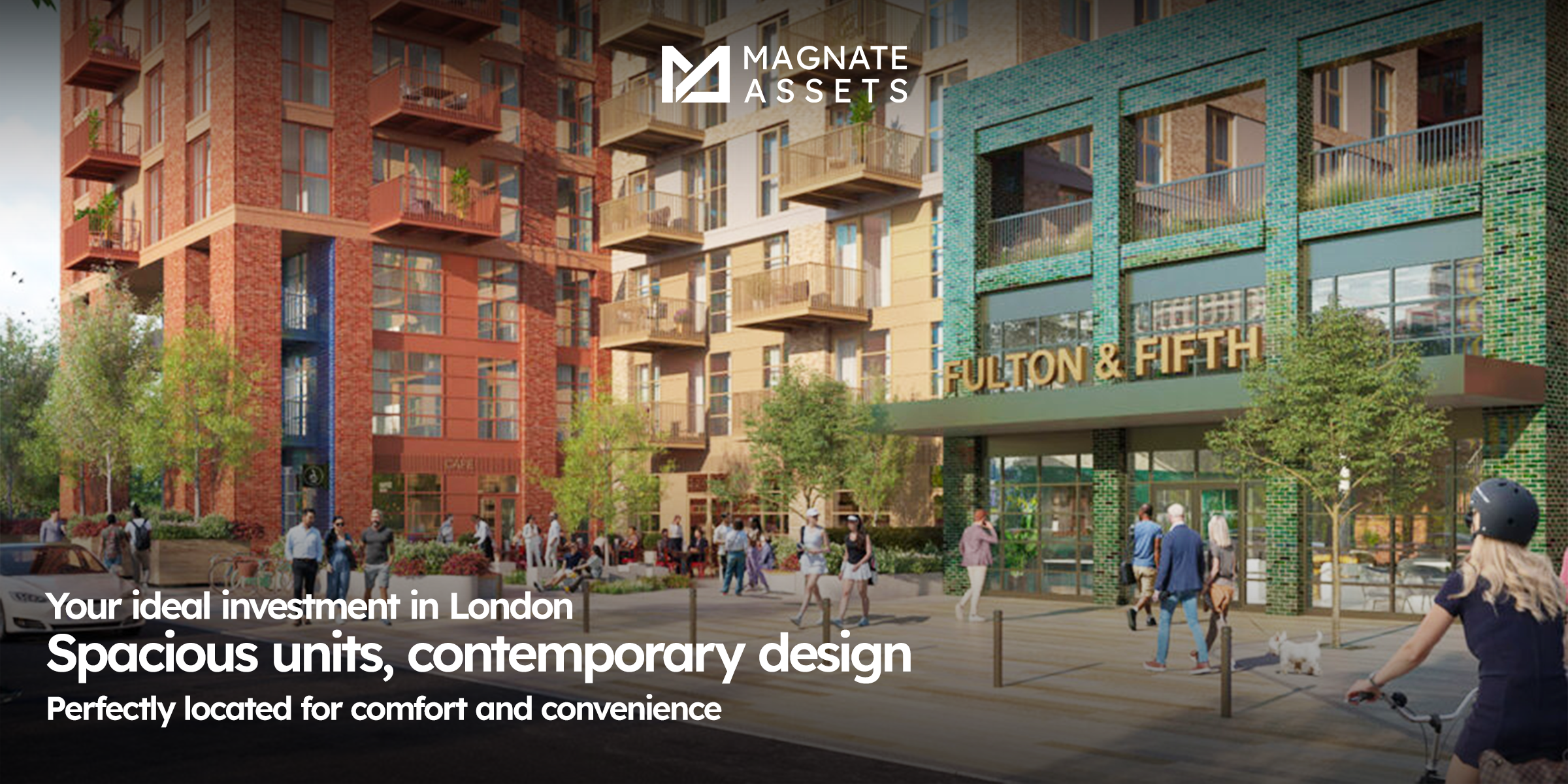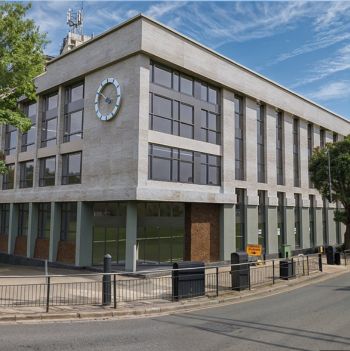The Property Market in Hull
Why invest in Hull in 2025
Hull, one of the biggest port cities in East Yorkshire, is emerging as a desirable destination for investors in property in 2025. From its cultural background, ongoing regeneration projects, and strategic economic policies, Hull has a combination of affordability and growth potential.
Affordably Priced Property with Growth Potential
As of early 2025, the average property price in Hull stands at £162,186, a slight decline from last year. However, some property types have bucked the trend; semi-detached properties, for instance, have had a 9% year-over-year increase, and flats a 5.3% increase. This affordability, tempered by appreciation in other areas, provides a compelling opportunity for investors to locate value and potential for upward movement.
Robust Rental Demand and Yields
The rental sector in Hull is robust, sustained by a diversified population of over 16,000 University of Hull students. Demand for rental property, particularly in areas like Newland, sustains excellent rental yields. The city's affordability and growing economy draw youthful professionals and households, ensuring a steady rental demand.
Continued Regeneration and Development
Hull is regenerating too, with a vision to deliver nearly 6,000 new homes between 2025 and 2031, including affordable housing. The city's commitment to green development and infrastructure investment makes it more appealing to residents and investors alike.
Strategic Economic Initiatives
Hull's economic plan focuses on creating a successful culture, business, and new opportunity, with future low-carbon and carbon-neutral growth. These initiatives aim to position Hull as an appealing and sustainable city in which to work, live, and invest.
Conclusion
Hull's combination of affordable property prices, strong rental demand, regeneration activity, and economic policy makes it a city to consider for investment in 2025. Investors seeking potential in a growth city with a green development commitment should consider Hull as a viable opportunity.
Off-Plan Properties
Completed Properties
Developments Map View
Since the launch of Hull’s City Plan in 2013, the city has seen significant economic development with investment totalling GBP3 billion to date.
Humber Energy Estuary has placed it at the centre of new and emerging industries in the UK - particularly in renewable energy.
Reckitt Benckiser, the University of Hull, BAE Systems, KCOM, William Jackson Food Group, and Cranswick PLC are all major employers in the city.
In 2020, PWC’s ‘Good Growth Index’ rated Hull within the top 3 cities for income distribution with household disposable incomes rising by 62% since 2000, and expected to increase by a further 55% up to 2035



